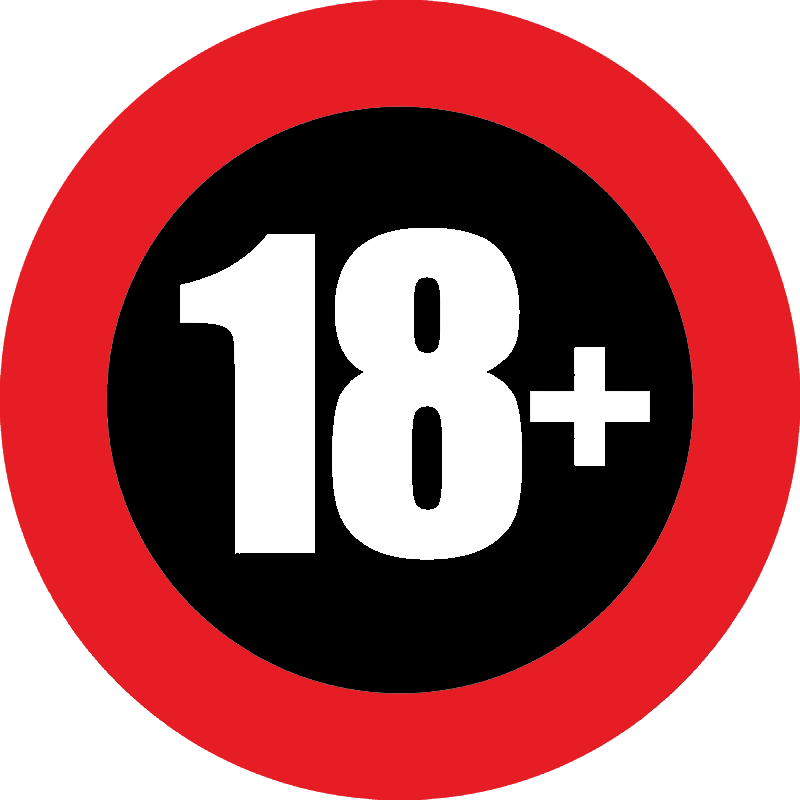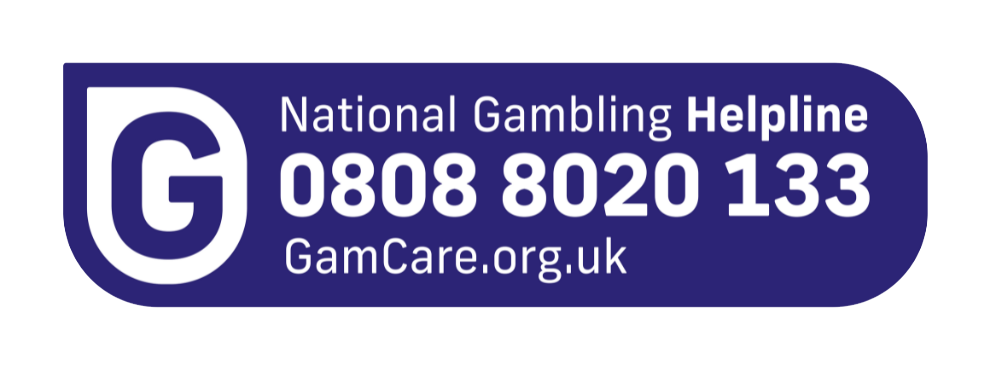When you start betting on sports, one of the most crucial concepts you need to understand is odds. Betting odds are the foundation of sports betting, as they determine how much you can win from your wager. Understanding odds is vital to making informed betting decisions and ultimately increasing your chances of success. Whether you’re a beginner or an experienced bettor, this article will break down everything you need to know about odds and how they impact your betting strategy.
What Are Betting Odds? 📊
In simple terms, betting odds represent the likelihood of a certain outcome in a sporting event. They also determine how much you will win if your bet is successful. Odds are displayed in three main formats: fractional, decimal, and moneyline (or American).
1. Fractional Odds (e.g., 5/1, 10/3) 🎲
These are the most traditional form of odds, commonly used in the UK. The first number (numerator) shows how much you can win if you bet the second number (denominator). For example, odds of 5/1 mean you will win £5 for every £1 you bet.
Example:
- Odds of 5/1 means for every £1 wagered, you win £5. If you bet £10, you would win £50 (plus your original stake of £10).
2. Decimal Odds (e.g., 6.00, 1.50) 💡
Decimal odds are common in Europe and Canada. They show the total payout (stake + profit) you will receive for every £1 bet. For instance, decimal odds of 2.00 mean that for every £1 wagered, you will receive £2 in total (which includes your initial stake).
Example:
- Odds of 2.00 means you will receive £2 for every £1 wagered, which includes your £1 stake.
- A £10 bet at 2.00 would return £20 (£10 profit + £10 stake).
3. Moneyline Odds (e.g., +200, -150) 💵
Moneyline odds are more commonly used in the US. Positive moneyline odds (+200) show how much profit you would make from a £100 bet, while negative moneyline odds (-150) show how much you need to bet to win £100.
Example:
- Odds of +200 mean you win £200 for every £100 you bet.
- Odds of -150 mean you need to bet £150 to win £100.
How Odds Reflect Probability 📉
Betting odds not only determine how much you can win but also provide insight into the perceived probability of an event happening. In general, the lower the odds, the more likely an outcome is to occur, and vice versa.
For example:
- Odds of 1/2 (decimal 1.50) indicate that the event is more likely to happen, so the potential profit is smaller.
- Odds of 5/1 (decimal 6.00) indicate that the event is less likely to occur, so the potential payout is higher.
In simple terms, odds represent probability as a fraction, decimal, or moneyline format. The higher the odds, the less likely the bookmaker believes the outcome is.
Example of Probability:
- Odds of 1/2 mean the bookmaker sees the event as having a 67% chance of occurring.
- Odds of 5/1 mean the bookmaker sees the event as having a 17% chance of occurring.
How Odds Affect Your Winnings 💰
The primary reason to understand odds is that they dictate how much you can potentially win. Whether you’re betting on football, horse racing, or tennis, understanding how odds work will help you calculate your potential returns and make better betting choices.
Example:
- If you bet £10 at odds of 3/1, your potential return would be £30 (£10 x 3) plus your original stake of £10.
- If you bet £10 at odds of 1/5, your potential return would be £12 (£10 x 1.2) plus your original stake of £10.
The Importance of Line Shopping 🔍
One of the most effective ways to maximize your chances of success is line shopping. This means comparing odds from multiple bookmakers for the same event. Different bookmakers can offer different odds on the same event, and even slight differences in odds can have a significant impact on your potential profit.
Why It Matters:
- Shopping for the best odds can help you get more value for your bet.
- If you consistently place bets at better odds, you’ll see higher profits over time.
Tip for Beginners: Always compare odds before placing a bet, especially for larger wagers. Consider using odds comparison websites or apps that show the best available odds across multiple bookmakers.
Betting Strategies Based on Odds 📈
Understanding odds is crucial when developing a sports betting strategy. There are different strategies that can be used depending on how you interpret the odds and the risk you are willing to take. Here are a few examples:
1. Value Betting 📊
Value betting involves identifying bets where the odds offered by the bookmaker are higher than the actual probability of the outcome. If you can consistently spot these “value” bets, you can build a profitable betting strategy over time.
Example:
- You find that a bookmaker is offering odds of 5/1 for a football team to win, but based on your analysis, you believe the team has a 30% chance of winning, which would be closer to odds of 3/1. Betting at 5/1 offers value.
2. Fading the Public 🏃
Fading the public involves betting against the popular or heavily backed outcome. Often, bookmakers will adjust their odds to reflect where the public money is going. If too much money is backing one side, you may find value in betting on the other side.
Example:
If a football team is heavily favored by the public, and the odds are skewed in their favor, betting on the underdog with higher odds could provide a more profitable long-term strategy.






No responses yet